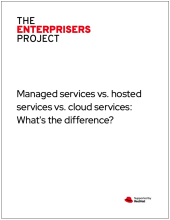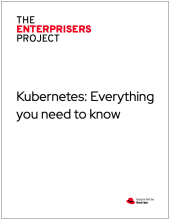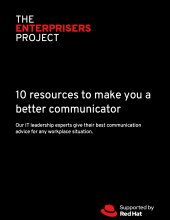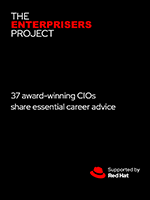How to explain modern software development in plain English
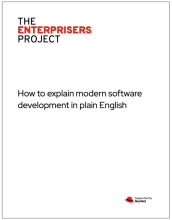
Modern software development is more deeply connected to business value today than ever. Pick your axiom – software is eating the world, every business is a software business, etc. The idea is simply that software is vital to virtually any organization – small or large, public or private, or by any other measure – operating today. Strengthen your ability to communicate these concepts eloquently by downloading this helpful primer.



